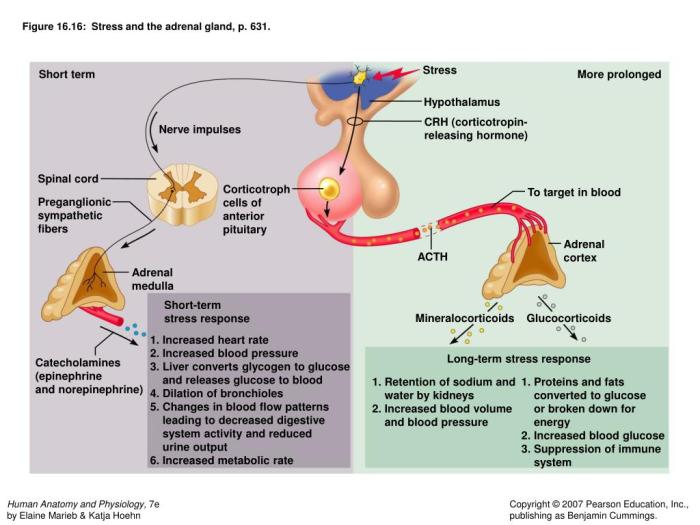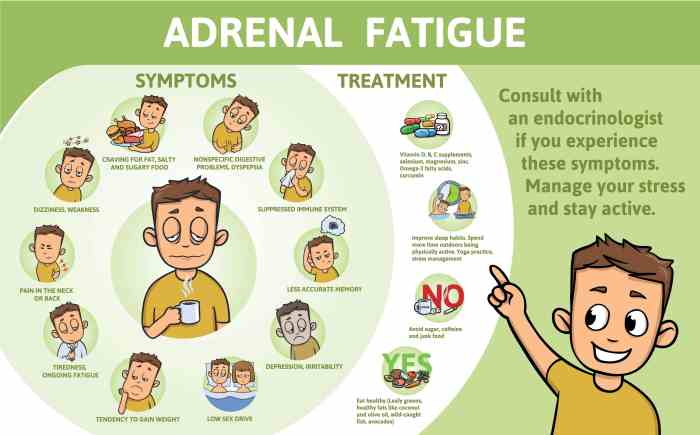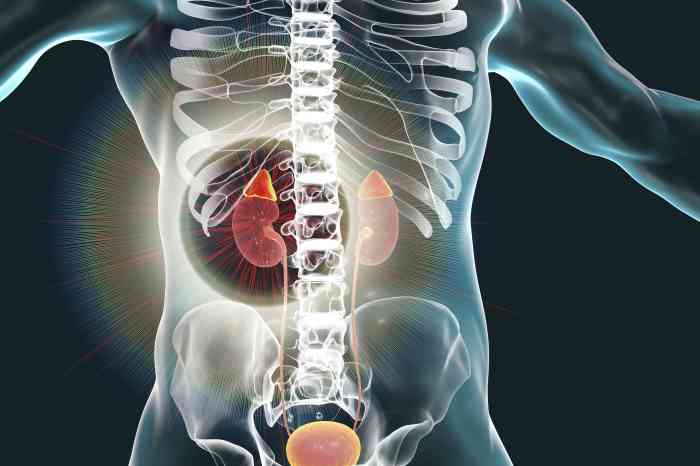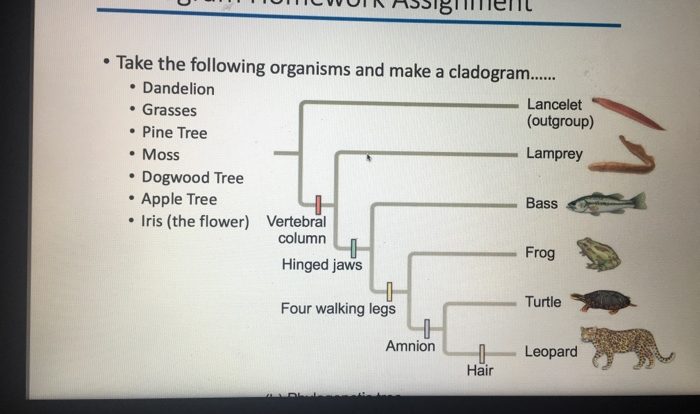Beginning with focus figure 16.2 animation: stress and the adrenal gland, the narrative unfolds in a compelling and distinctive manner, drawing readers into a story that promises to be both engaging and uniquely memorable. The animation delves into the intricate relationship between stress and the adrenal gland, exploring the hormonal pathways and physiological responses that shape our experience of stress.
The animation’s design principles, visual elements, and content organization are meticulously crafted to enhance comprehension and engagement. By incorporating interactive elements and annotations, the animation fosters a dynamic learning environment that caters to diverse learning styles.
Focus Figure 16.2 Animation: Stress and the Adrenal Gland

Focus Figure 16.2 animation aims to illustrate the complex relationship between stress and the adrenal gland. By visually depicting the hormonal pathways involved in stress response, the animation provides a deeper understanding of the physiological processes that occur during stressful situations.
Stress and the Adrenal Gland
The adrenal gland, located above each kidney, plays a crucial role in the body’s response to stress. When faced with a stressor, the adrenal gland releases hormones, primarily cortisol and adrenaline, which trigger a series of physiological changes known as the fight-or-flight response.
Animation Design
- Clarity and Engagement:The animation should be visually appealing and easy to follow, using clear and concise language to explain the complex concepts involved.
- Principle of Animation:Employ animation principles such as timing, spacing, and squash and stretch to create a dynamic and engaging experience.
- Visual Aids:Use illustrations, graphs, and animations to visually represent the hormonal pathways and physiological changes associated with stress response.
Content Organization
Organize the animation into logical sections, such as:
- Introduction:Define stress and the role of the adrenal gland.
- Hormonal Pathways:Describe the release and effects of cortisol and adrenaline.
- Physiological Effects:Explain the physiological changes that occur during stress response.
- Conclusion:Summarize the importance of understanding the stress response.
Visual Elements
- Color Palette:Choose a color palette that conveys the urgency and intensity of stress, such as shades of red and yellow.
- Visuals and Graphics:Use high-quality images and graphics to illustrate the anatomical structures and physiological processes involved.
- Interactive Elements:Consider incorporating interactive elements, such as clickable hotspots or annotations, to enhance engagement.
Animation Production
Use animation software such as Adobe After Effects or Blender to create the animation. Follow a step-by-step guide to ensure the smooth production of the animation.
Evaluation and Impact, Focus figure 16.2 animation: stress and the adrenal gland
- Feedback Collection:Gather feedback from viewers to assess the effectiveness and impact of the animation.
- Potential Impact:Discuss the potential benefits of the animation in educating viewers about stress and the adrenal gland.
Key Questions Answered
What is the role of the adrenal gland in stress response?
The adrenal gland releases hormones such as cortisol and adrenaline in response to stress, which trigger physiological changes that prepare the body for a “fight or flight” response.
How does the animation explain the hormonal pathways involved in stress response?
The animation uses visual representations and clear explanations to illustrate the complex hormonal pathways that are activated during stress, including the hypothalamic-pituitary-adrenal (HPA) axis.
What are the benefits of using animation to teach about stress and the adrenal gland?
Animation allows for the visualization of complex processes and concepts, making them more accessible and engaging for learners. It can also incorporate interactive elements to enhance comprehension.



